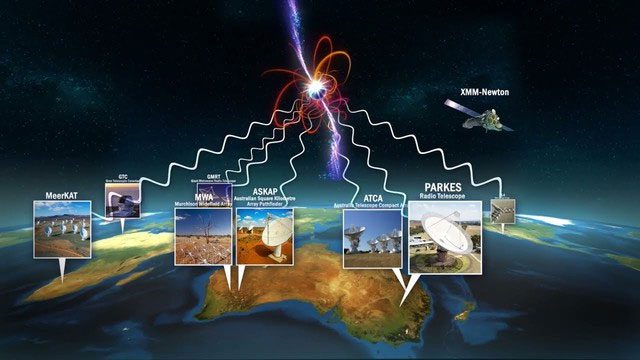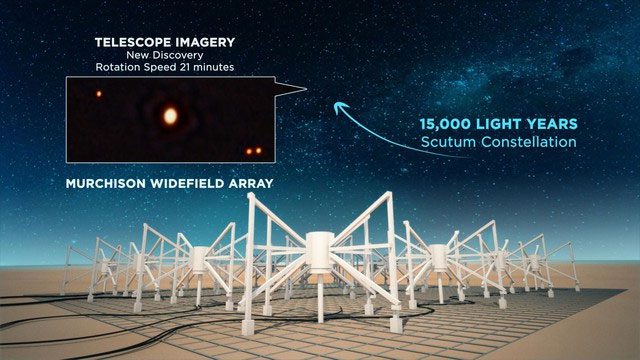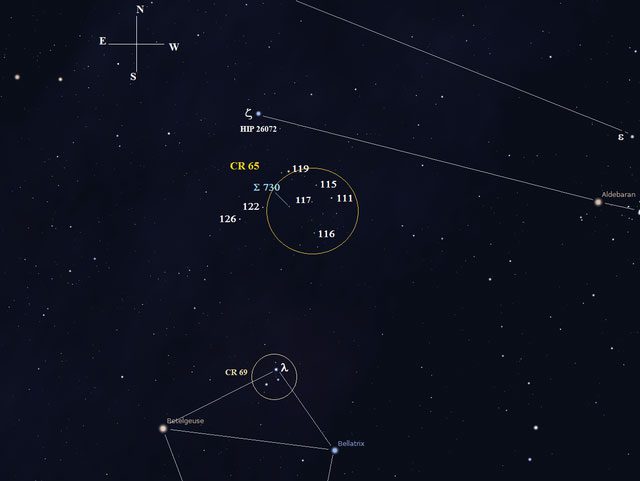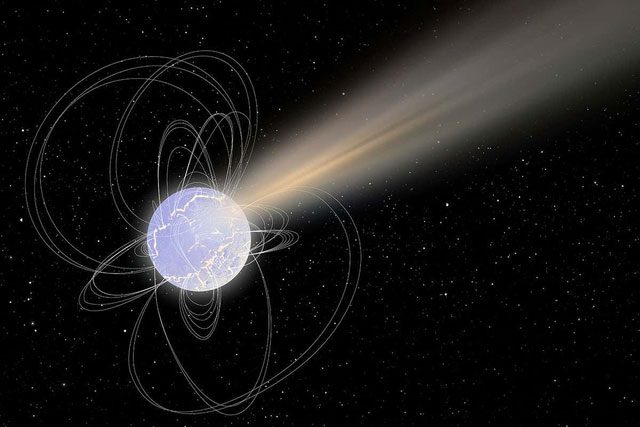The question of whether extraterrestrial life exists in the universe is an ancient and eternal one.
Different people have varying opinions on this matter; some firmly believe in the existence of aliens, while others dismiss the idea as nonsense. Although there have been several reports of UFO sightings, these reports often lack compelling evidence, and no one has yet been able to confirm the authenticity of extraterrestrial beings.
Not long ago, while astronomers were reviewing historical data, they accidentally discovered a mysterious signal emanating from the direction of the Scutum constellation, located 15,000 light-years away. This signal consists of a series of radio pulses that repeat every 22 minutes, lasting between 30 to 300 seconds.
Even more astonishing is the fact that this fixed-frequency signal has been reaching Earth since 1988, continuing for 35 years without interruption. However, astronomers are still unsure of the origin of this mysterious signal. The peculiar characteristics of these radio waves are so strange that they cannot be explained by existing theories and models.

The mysterious signal emanating from the direction of the Scutum constellation, located 15,000 light-years away. (Illustrative image).
For curious internet users, the idea that these signals come from “an extraterrestrial civilization” is the most enticing and straightforward explanation. Yet, for cautious scientists, this possibility remains a last consideration. After all, there are still many unknown natural phenomena in the universe that cannot be easily attributed to aliens.
In fact, Earth receives numerous strange electromagnetic signals every day, most of which can stem from the activities of celestial bodies such as pulsars. However, this particular signal exhibits significantly different characteristics compared to typical pulsar signals.
Pulsars, sometimes referred to as neutron stars, are highly magnetic, rapidly rotating neutron stars that emit beams of electromagnetic radiation from their magnetic poles. When these beams sweep across Earth, we can detect pulse signals. It should be noted that neutron stars are a unique type of star formed from those that undergo supernova explosions at the end of their evolutionary processes. When the core of a star exhausts its available fuel and can no longer sustain nuclear fusion, it becomes unbalanced, causing the outer layers to collapse inward under extreme pressure.
If the star is sufficiently massive, this pressure will force electrons and protons in the nucleus to combine into neutrons, forming a final composition made entirely of neutrons. This is the main component of a neutron star. Neutron stars are incredibly dense, typically having a mass about 1.4 to 2 times that of the Sun, yet with a radius of only 10 to 20 kilometers. They are not only dense but also spin rapidly.

Typically, the mass of a neutron star is about 1.4 to 2 times that of the Sun. (Illustrative image).
This occurs because it retains the angular momentum of the original star while its radius decreases significantly; according to the law of conservation of angular momentum, the rotation speed will increase. The rotation speed of neutron stars varies widely, from a few milliseconds to tens of seconds. The fastest neutron star, known as a pulsar, can rotate hundreds of times per second, and in addition to its rapid rotation, it possesses a very strong magnetic field.
The magnetic field of a neutron star is generated by free electrons within it; although most of the material in a neutron star is composed of neutrons, there is still a small amount of protons and electrons on the surface and inside. Under the rapid rotation of the neutron star, these electrons create a strong current, which in turn generates the magnetic field. The magnetic field strength of neutron stars typically ranges from 10^8 to 10^11 Tesla, several orders of magnitude stronger than Earth’s magnetic field.
Some neutron stars have magnetic fields that are unimaginably strong, reaching up to 10 to 15 Tesla, and such neutron stars are referred to as magnetars. The high rotation speed and strong magnetic field of neutron stars allow them to emit electromagnetic radiation at various frequencies, primarily from their magnetic poles, resembling a beam of light. When this beam sweeps toward Earth, we can detect pulse signals, which is the origin of pulsars.
Generally, young pulsars spin quickly and have short pulse periods, while older pulsars rotate slowly and have longer pulse periods. This is because pulsars gradually slow down over time, a process known as spin-down. The reason for this spin-down is that as pulsars rotate, they continue to radiate energy outward, thereby losing angular momentum. This energy is primarily lost in the form of electromagnetic radiation, but a portion is also lost as material, such as electrons and positrons escaping from its surface, or plasma ejected from the magnetic poles. This material creates a phenomenon known as pulsar wind, interacting with the interstellar medium to form a structure called a pulsar nebula. If this mysterious signal is indeed a pulsar, its behavior seems not to align with the definitions provided by existing scientific theories.

The magnetic field of some neutron stars is unimaginably strong. (Illustrative image).
If gravitational waves are strong enough to be detected on Earth, they must rotate very quickly. However, “the target looks very much like a pulsar but spins 1,000 times slower.” Secondly, the period of this signal is too long, reaching 22 minutes, far exceeding the range of known pulse periods. Even the slowest pulsars have periods of only ten seconds. Finally, the signal has existed for too long, being 35 years old and showing no clear signs of slowing down or diminishing. This does not align with the spin-down law and energy loss of pulsars.
Thus, there may be unexplored mechanisms or the observed object may not be a neutron star, but rather a white dwarf. White dwarfs are common stellar remnants typically formed after the death of low-mass stars. Unlike neutron stars, white dwarfs exist in an electron-degenerate state rather than a neutron-degenerate state, making them significantly larger than neutron stars.

The observed object may not be a neutron star but a white dwarf. (Illustrative image).
According to the law of conservation of angular momentum, this results in white dwarfs rotating much slower than neutron stars. In some theoretical models, there could be a mechanism similar to a planetary dynamo inside a white dwarf, generating extremely strong magnetic fields. For such highly magnetic white dwarfs, they may also be capable of producing radio beams similar to pulses. Due to the magnetic field, the radio beam, and the slow rotation, this white dwarf model seems to explain the mysterious 35-year-old signal.
However, this explanation remains somewhat far-fetched. While the model has some theoretical basis, the existence of such a white dwarf has not yet been confirmed, and its radio emission capability would be much weaker than this signal. To date, this consistently mysterious signal remains an unanswered mystery, requiring further observations and research to uncover its truth. It could be a completely new celestial body, an unknown natural phenomenon, or perhaps something we cannot even imagine.


















































